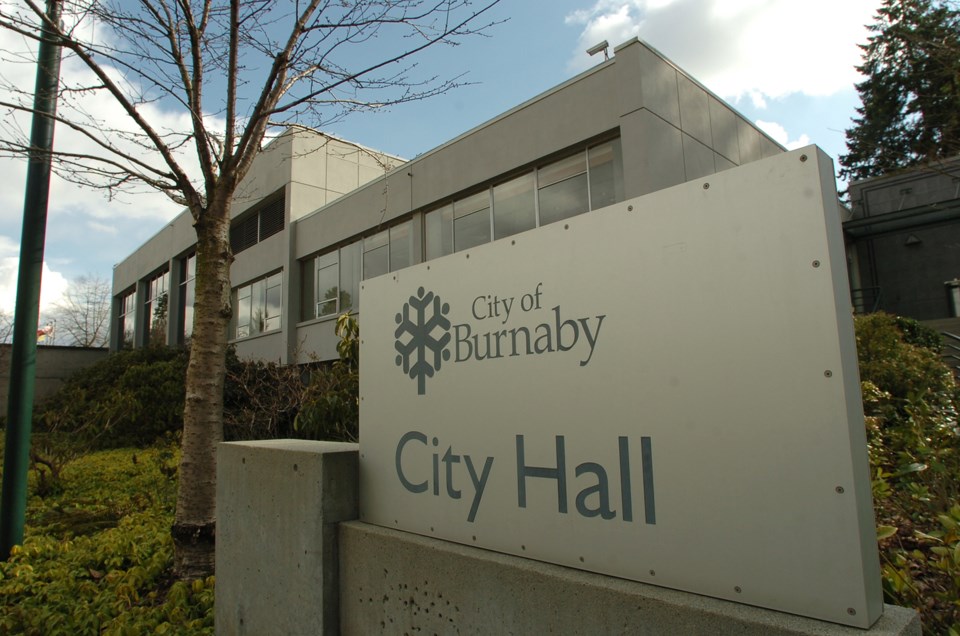Burnaby’s blue-ribbon computer tech system has come at a platinum price.
The city’s “enterprise resource computer system,” which has kept the award-winning virtual city hall portal running smoothly, has cost more than $29.4 million since 2008, the Burnaby NOW has learned.
The city implemented the system in 2007 with the intention of enhancing opportunities for citizen engagement online, streamlining internal services within city hall and increasing information transparency, according to Shari Wallace, Burnaby’s chief information officer.
SAP stands for Systems, Applications and Products in Data Processing, which is a German multinational software corporation that serves more than 2,300 customers in Canada and operates in more than 75 countries. Its software runs the enterprise resource planning system, which allows the city to run its own programs and integrate them across all the different city departments.
“All systems, when they’re at their end of life, they’re no longer fit for their purpose and need to be replaced,” Wallace noted. “We look to SAP to do it. We don’t go out to get another piece of software or get it built. SAP can fit that need.”
The costs represent total IT capital application spending for each fiscal year, and many projects are not completed in one year and can span several years, Wallace said.
“When I was brought in, it was intended to be a platform that we could build future systems on,” she told the NOW. “If you think of it like building a home, you build a foundation to a house … and as the family changes you add rooms, build in-law suites and those kinds of things.”
The city has developed many applications to improve and enhance services for both residents and businesses. The technological foundation is replacing 25-year-old systems such as the city’s payroll software and the general accounting system.
“For me, the key thing is that we brought in SAP as a city to enhance citizens’ engagement, streamline back-office processes and increase information transparency,” she said. “I think since then, we’ve met (those goals), and leveraged our initial investment.”
She said the plus side is the city does not have to purchase different software and the city doesn’t have to write new computer programs from scratch.
The costs have gone down since 2008, as well, which cost $6.2 million compared to 2012’s cost of more than $3.8 million
However, the cost to run the computer system doesn’t surprise Burnaby’s mayor because he expected a hefty price due to his past experience in a law firm.
“I came from a law practice and I’ve seen it and been through it as a businessman – and I’ve seen the change that happened,” Mayor Derek Corrigan said. “We went from an empty desk with a staff member with a typewriter to a system in which a computer was on every desk.”
As for the city’s spending, the costs are in line with what other municipalities of the same size are spending, according to Corrigan.
“Everyone’s in the same range on these issues,” he told the NOW. “We do constant comparisons with other municipalities to see if at any point we’re out of sync with what we’re spending.”
Corrigan said the cost conforms to how people do business now, and noted the biggest transition period was the move from typewriters to computers.
“You’re looking at a complete revamping of all those facilities over the years and ultimately it provides a better service. The applications are more flexible and less manual labour is attached,” he said.
The public is increasingly going online to do business and access city information online, and “all of us are coping with that rapid change,” Corrigan said.
“None of us can avoid this,” he added. “Every other business is having to revamp it with public expectations. Look at our online presence, communication online – that is just growing by leaps and bounds.”
Corrigan noted that the computer system has not led to a drop in labour needs, but has “ultimately made the city more accessible.”
THE COSTS – YEAR-BY-YEAR
- 2008: The system cost more than $6.2 million and went towards business intelligence and integrated planning for operational budgets; electronic bank file processing; plant maintenance for the fire department; and land use management, among other applications.
- 2009: The system cost more than $7.3 million and the projects included asset accounting, human resources benefits, Pacific Blue Cross interface; payroll; and purchasing, among others.
- 2010: The system cost more than $5.4 million and was used for capital asset accounting; purchasing confidential contracts programs; Harmonized Sales Tax implementation; and a solution manager, among others.
- 2011: The system cost more than $4.3 million and was used for real estate/property rentals; biller direct program; pension corporation interface; and virtual city hall with external facing SAP portal, among others.
- 2012: The system cost more than $3.8 million and went towards creating an archive link for document attachments; collective agreement payroll changes; geographic information system strategy; and a report and budget restructuring model, among others.
- 2013: Cost up until August was more than $2.1 million and went towards collections and disbursements, bus shelter advertising; HST reversal to the Government Sales Tax and Provincial Sales Tax; and meeting management software, among others.



